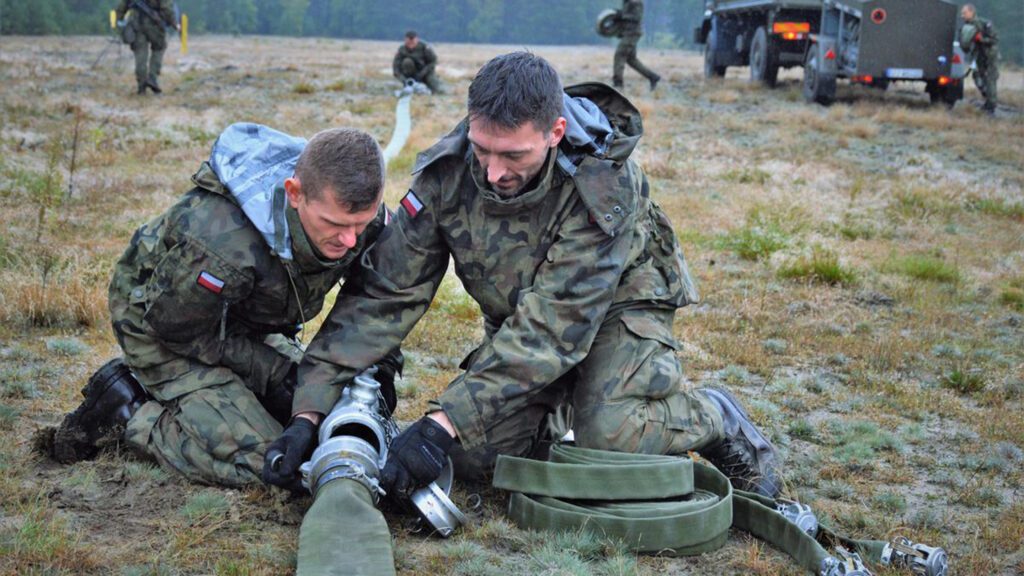This content discusses the importance of securing critical infrastructure and the role of defense policies and financial considerations in achieving this goal. Critical infrastructure includes systems and assets that are vital for a country’s economy, national security, and public safety. Defense policies should include risk assessment and management, public-private partnerships, information sharing, international cooperation, and regulatory standards. Financial considerations involve budget allocation, public and private funding, insurance and risk management, cost-benefit analysis, and research and development. By prioritizing these aspects, nations can strengthen their critical infrastructure and protect their citizens.
Securing Critical Infrastructure: Defense Policy Approaches and Financial Considerations
Introduction
Critical infrastructure refers to systems and assets that are vital for the functioning of a country’s economy, national security, and public health and safety. These can include energy networks, transportation systems, communication networks, water and wastewater facilities, and financial institutions, among others. Protecting critical infrastructure from various threats, such as cyberattacks, physical attacks, natural disasters, and technological failures, is of utmost importance.
Defense Policy Approaches
When it comes to securing critical infrastructure, defense policies play a crucial role. These policies encompass a range of approaches, including:
1. Risk Assessment and Management
A comprehensive risk assessment and management strategy is essential to identify vulnerabilities and develop mitigation plans. This involves understanding the potential threats, their likelihood, and potential impacts on critical infrastructure. Policies should prioritize the allocation of resources to address the most significant risks.
2. Public-Private Partnerships
Collaboration between government entities and private sector organizations is vital for securing critical infrastructure. Public-private partnerships allow for shared intelligence, expertise, and resources to enhance the resilience and protection of critical assets. Effective policies should encourage and facilitate these partnerships.
3. Information Sharing and Collaboration
Defense policies need to emphasize the importance of information sharing and collaboration among various stakeholders. Timely and accurate information can help identify emerging threats, develop effective response strategies, and enable a coordinated approach to securing critical infrastructure. Policies should encourage the establishment of information-sharing platforms and protocols.
4. International Cooperation
Critical infrastructure is often interconnected on a global scale. Therefore, defense policies should promote international cooperation and coordination to address cross-border threats. This can involve sharing best practices, intelligence sharing, joint exercises, and establishing international frameworks for cybersecurity and infrastructure protection.
5. Regulations and Standards
Enforcing regulations and standards is essential to ensure the security of critical infrastructure. These can include mandatory cybersecurity protocols, physical security requirements, and data protection measures. Defense policies should establish clear guidelines and enforcement mechanisms to ensure compliance and accountability.
Financial Considerations
Securing critical infrastructure requires significant financial investments. Some key financial considerations include:
1. Budget Allocation
Securing critical infrastructure should be a priority in national budgets. Governments need to allocate sufficient funds to implement defense policies and invest in necessary resources, technologies, personnel, and training. Adequate budget allocation ensures continuous monitoring, maintenance, and upgrades to mitigate evolving threats.
2. Public and Private Funding
Both public and private funding sources can contribute to securing critical infrastructure. Governments can provide grants, subsidies, tax incentives, or low-interest loans to incentivize private sector participation in infrastructure protection. Public-private partnerships can leverage private sector investments to enhance security measures.
3. Insurance and Risk Management
Insurance plays a crucial role in managing financial risks associated with critical infrastructure protection. Governments and private sector entities can partner with insurance providers to develop specialized policies that cover potential cyber and physical threats. This helps in transferring financial risks and facilitating speedy recovery in the event of an incident.
4. Cost-Benefit Analysis
Conducting cost-benefit analyses can help justify investments in critical infrastructure security. Evaluating the potential costs of a security breach against the cost of implementing protective measures can provide insights into the financial viability and return on investment of different security initiatives.
5. Research and Development
Investing in research and development (R&D) is essential to stay ahead of emerging threats and technological advancements. Governments should allocate funds for R&D programs, encouraging innovation in the development of security technologies, threat detection systems, and resilience measures for critical infrastructure.
Conclusion
Securing critical infrastructure requires a multi-faceted approach that combines effective defense policies with sufficient financial considerations. Robust defense policies should consider risk assessment, public-private partnerships, information sharing, international cooperation, and regulatory standards. At the same time, adequate financial investments are crucial to ensure budget allocation, public and private funding, insurance and risk management, cost-benefit analysis, and R&D initiatives. By prioritizing these aspects, nations can strengthen their critical infrastructure, protect national interests, and ensure the well-being of their citizens.
